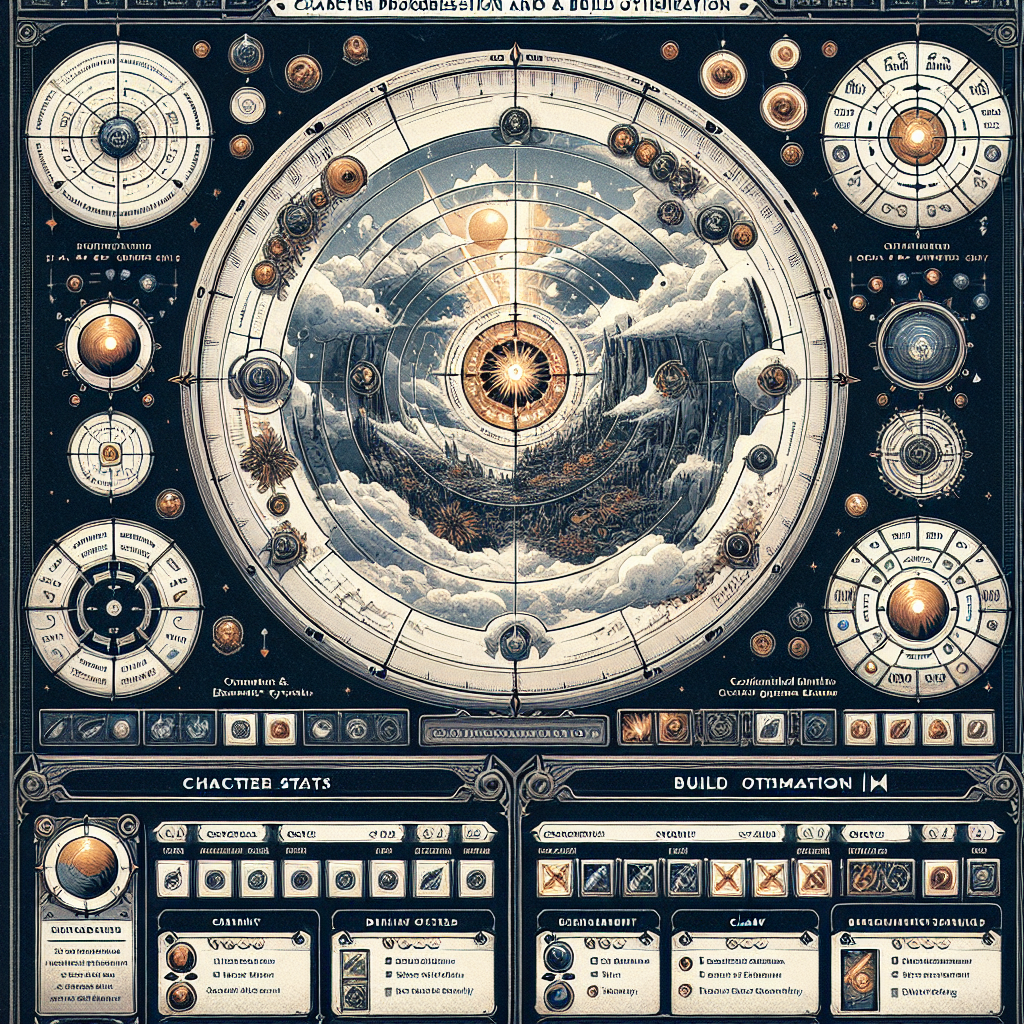Do Environmental Effects Matter? Understanding Day/Night Cycles and Weather in AI Applications
As the world of artificial intelligence (AI) continues to evolve, the demand for more immersive and realistic experiences has become increasingly crucial, especially in the realm of gaming, virtual simulations, and even certain business applications. One key aspect of this realism is the accurate representation of environmental effects, such as day/night cycles and weather patterns. But do these factors truly matter in the grand scheme of AI-powered systems and solutions? Let's dive in and explore the significance of environmental effects in AI-driven applications.
The Importance of Day/Night Cycles and Weather in AI
Enhancing Realism and Immersion
The inclusion of dynamic day/night cycles and weather systems can have a profound impact on the overall immersion and realism of an AI-powered application. In the gaming industry, for example, players expect to experience a world that feels alive and responsive to the passage of time and changing environmental conditions. The same can be said for virtual training simulations, where trainees need to navigate and make decisions in realistic environments that mirror the real world.
Improved Decision-Making and Optimization
Beyond the aesthetic considerations, incorporating day/night cycles and weather patterns can also have a significant influence on the decision-making processes of AI systems. For instance, in autonomous vehicle applications, an AI model needs to be able to adapt its driving behavior and navigation strategies based on factors like visibility, road conditions, and precipitation. Failure to account for these environmental variables could lead to suboptimal decision-making and potentially dangerous situations.
Realistic Simulations and Training
The ability to create realistic simulations and training environments is crucial in many industries, from military and disaster response to agriculture and renewable energy. By accurately modeling day/night cycles, weather conditions, and their impact on various systems and processes, AI-powered simulations can provide more valuable and transferable insights, enabling better decision-making, risk mitigation, and optimization of real-world operations.
Implementing Day/Night Cycles and Weather in AI Applications
Leveraging Existing AI Tools and Platforms
Fortunately, there are numerous AI tools and platforms available that can help developers and entrepreneurs incorporate dynamic environmental effects into their applications. Some popular options include:
- Unity - A game engine that offers comprehensive weather and lighting systems, allowing for the creation of realistic day/night cycles and weather patterns.
- Unreal Engine - Another leading game engine that provides advanced environmental effects, including dynamic lighting, weather simulations, and atmospheric conditions.
- OpenAI Gym - A popular reinforcement learning environment that supports the integration of custom weather and environmental factors for training AI models.
- Google Earth Engine - A cloud-based platform for planetary-scale environmental data analysis, which can be leveraged for creating realistic simulations and training AI models.
Developing Custom AI Models for Environmental Effects
While leveraging existing tools and platforms can be a great starting point, some developers may opt to create custom AI models to handle the complexity of day/night cycles and weather simulation. This approach can offer more flexibility and control, allowing for the integration of specific domain knowledge and the development of unique algorithms tailored to the application's requirements.
One such example is the use of generative adversarial networks (GANs) to create realistic weather patterns and environmental conditions. By training the GAN on vast datasets of real-world weather data, developers can create AI-generated weather simulations that closely mimic natural phenomena, enhancing the realism of their applications.
Considerations for Implementing Environmental Effects
When incorporating day/night cycles and weather into AI-powered applications, there are several key factors to consider:
- Data Sources and Accuracy - Ensure that the data used to model environmental conditions is up-to-date, reliable, and representative of the target geographic region.
- Computational Resources - Accurate real-time simulation of weather and lighting effects can be computationally intensive, so developers must optimize their systems to handle the processing load efficiently.
- User Experience and Interaction - Design the environmental effects in a way that enhances the user experience, rather than distracting or overwhelming the user.
- Scalability and Adaptation - Build in the flexibility to scale and adapt the environmental effects to accommodate different use cases, geographic locations, and changing requirements over time.
- Ethical Considerations - Address any potential ethical concerns, such as the impact of weather simulations on marginalized communities or the use of environmental data for surveillance or other unintended purposes.
Real-World Applications and Use Cases
Gaming and Virtual Environments
One of the most prominent applications of day/night cycles and weather in AI is in the gaming industry. By accurately simulating environmental conditions, game developers can create more immersive and engaging virtual worlds that feel truly alive. This can be particularly impactful in open-world games, where players have the freedom to explore and interact with the environment.
Autonomous Vehicles and Robotics
In the realm of autonomous vehicles and robotics, incorporating dynamic environmental factors is crucial for ensuring safe and efficient operation. AI-powered systems need to be able to adapt their decision-making and control strategies based on factors like visibility, road conditions, and weather patterns to navigate effectively and avoid potential hazards.
Disaster Response and Emergency Management
AI-powered simulations that incorporate accurate day/night cycles and weather patterns can be invaluable in the field of disaster response and emergency management. By creating realistic scenarios, first responders and emergency planners can better anticipate the impact of natural disasters, optimize resource allocation, and develop more effective strategies for mitigating the effects of these events.
Agriculture and Renewable Energy
In the agricultural and renewable energy sectors, the accurate modeling of environmental conditions can have a significant impact on decision-making and resource optimization. For example, AI-powered systems that can predict weather patterns and their impact on crop yields or solar/wind power generation can help farmers and renewable energy providers make more informed decisions and improve overall efficiency.
Key Takeaways
- Incorporating accurate day/night cycles and weather patterns into AI-powered applications can significantly enhance realism, immersion, and decision-making capabilities.
- Developers can leverage existing AI tools and platforms or create custom models to integrate dynamic environmental effects into their applications.
- When implementing environmental effects, it's crucial to consider factors like data sources, computational resources, user experience, scalability, and ethical implications.
- Real-world applications of day/night cycles and weather in AI span industries such as gaming, autonomous vehicles, disaster response, agriculture, and renewable energy.
Final Thoughts
As the AI landscape continues to evolve, the demand for more realistic and responsive applications will only continue to grow. By embracing the power of day/night cycles and weather simulation, developers and entrepreneurs can create truly immersive and impactful AI-powered solutions that can transform a wide range of industries. By following best practices and leveraging the right tools and technologies, you can unlock the full potential of environmental effects in your AI side hustles and projects.





